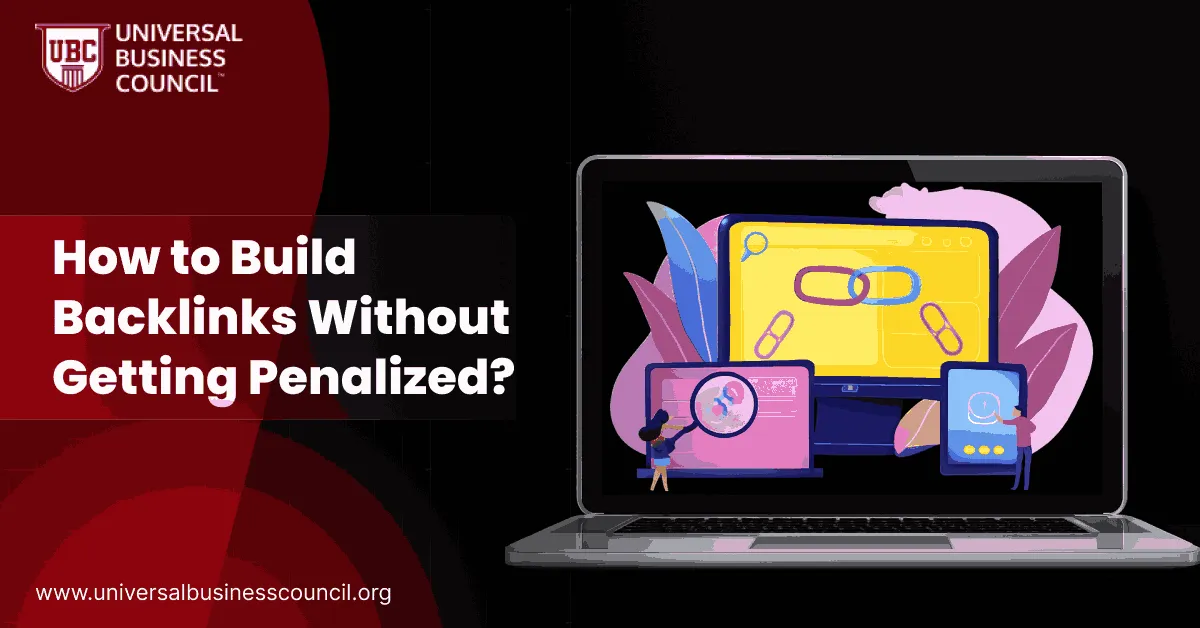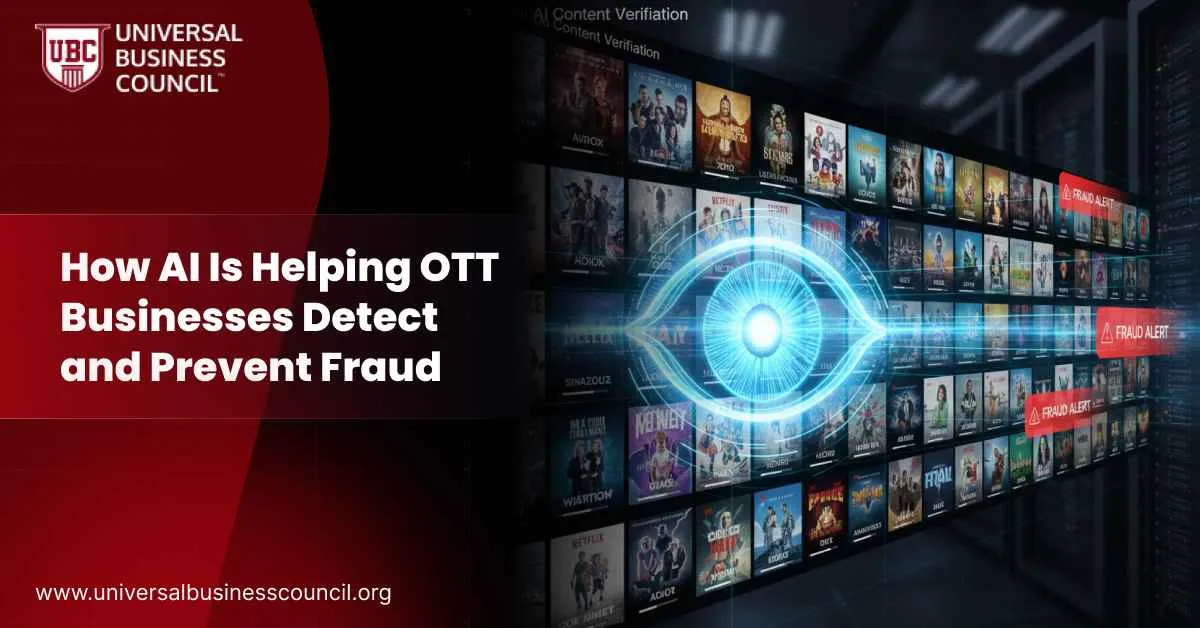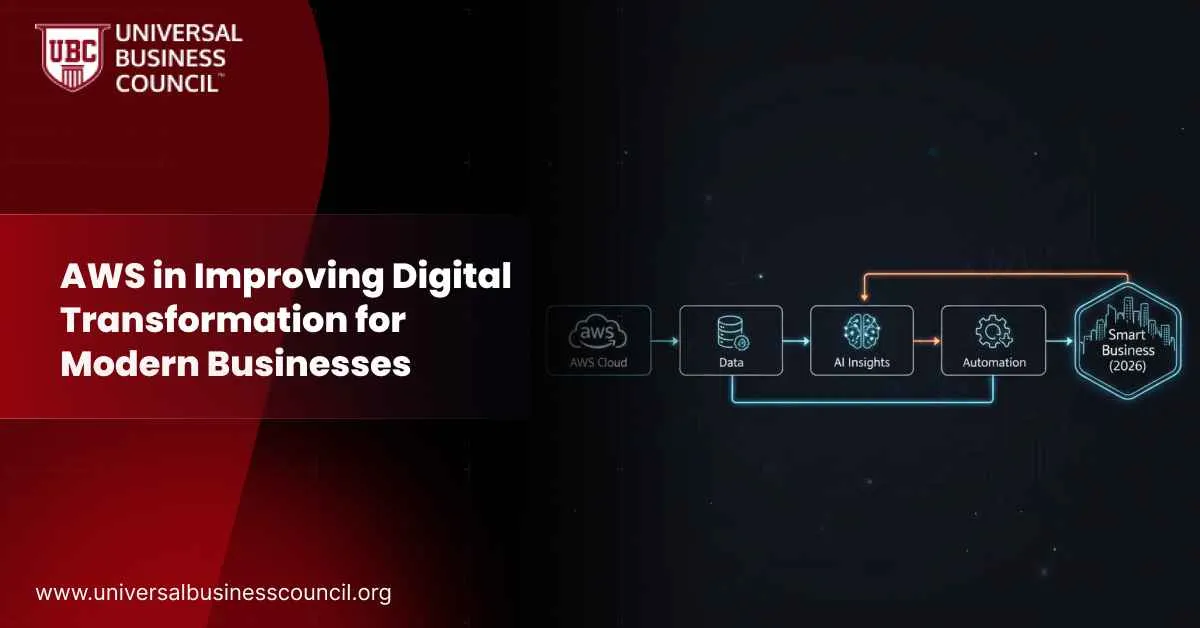 If you want your website to rank higher on Google, backlinks are still one of the most powerful SEO tools. But building them the wrong way can get your site penalized or quietly pushed down in search results. In this guide, you’ll learn how to build high-quality backlinks safely, without risking your site’s reputation. The methods here follow Google’s current standards and are designed to support long-term growth.
If you want your website to rank higher on Google, backlinks are still one of the most powerful SEO tools. But building them the wrong way can get your site penalized or quietly pushed down in search results. In this guide, you’ll learn how to build high-quality backlinks safely, without risking your site’s reputation. The methods here follow Google’s current standards and are designed to support long-term growth.
Why Safe Backlink Building Matters
Backlinks help search engines understand the value and trustworthiness of your content. A link from a reputable website tells Google, “This is worth visiting.” But if your links look unnatural or manipulative, Google can flag your site. That means lost traffic, lower rankings, or worse—manual penalties. Safe backlink building is all about earning links, not tricking algorithms.Create Content People Actually Want to Link To
The best way to earn links is to offer real value. Focus on content that’s useful, unique, and targeted to your niche. This includes:- Original research or case studies
- In-depth guides or tutorials
- Infographics and data visualizations
- Tools, templates, or calculators
Use Guest Posting the Right Way
Guest posting is still one of the safest backlink methods—if done correctly.- Only pitch to relevant websites in your industry
- Write helpful, original content
- Avoid keyword-stuffed anchor text
- Make sure the site has real traffic and engagement
Try Broken Link Building
Find broken links on authoritative websites and offer your content as a replacement. This works best when:- You find links pointing to outdated or removed content
- You have a closely related resource to offer
- Your outreach message is short and polite
Reclaim Unlinked Brand Mentions
Sometimes, people mention your brand without linking to it. Use tools like Ahrefs or Google Alerts to find those mentions. Then reach out and ask them to add a link. Since they already mentioned you, the chance of success is high.Build Real Relationships Online
Link building is easier when you’re part of a community. Start by:- Commenting on industry blogs
- Collaborating on content like roundups or interviews
- Supporting others’ content before asking for anything
Diversify Your Anchor Text
Google looks at the text used in backlinks. Using the same exact keyword every time is a red flag. Instead, rotate between:- Branded anchors (e.g., “YourBrand”)
- Generic text (e.g., “click here” or “this post”)
- Long-tail variations
- URL-based links
Use Tools but Stay Human
SEO tools like Semrush, Ahrefs, and BuzzStream help you find backlink opportunities. But don’t automate the entire process. Personalized outreach still works best. Show the recipient that you actually visited their site and understand their audience.Safe Link Building Tactics That Work
| Strategy | Why It’s Safe and Effective | Example |
| Guest Posting | Builds authority and relevance | Writing for niche blogs in your field |
| Link-Worthy Content | Attracts links naturally | Publishing original research or guides |
| Broken Link Building | Solves real problems for webmasters | Offering content to replace 404 errors |
| Unlinked Mentions | Converts existing mentions into links | Asking for attribution where cited |
| Relationship Outreach | Leads to editorial links | Collaborating with industry creators |
Avoid Common Backlinking Mistakes
Not all links are good links. Avoid:- Buying backlinks from shady sources
- Using exact match anchor text repeatedly
- Linking from unrelated or spammy sites
- Creating links too quickly in bulk
Risky vs Safe Link Practices
| Risky Method | Safe Alternative | Why It Matters |
| Buying mass backlinks | Building editorial links | Mass links often trigger penalties |
| Repeating same anchor text | Using mixed anchor text | Looks more natural to search engines |
| Overusing one domain | Spreading links across domains | Reduces spam signals |
| Ignoring brand mentions | Reclaiming mentions with outreach | Easy win with minimal effort |
Keep Your Backlinks Relevant and Local
Backlinks work best when they come from sites that match your niche or geography. For example:- A fintech site should get links from finance blogs, not food websites
- A local bakery in Austin benefits more from an Austin food blogger than a global aggregator



